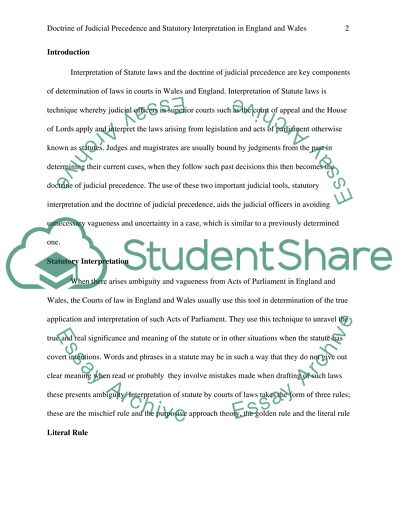Cite this document
(“Principles of Law: Identify the principal powers available to the Essay”, n.d.)
Principles of Law: Identify the principal powers available to the Essay. Retrieved from https://studentshare.org/law/1474553-principles-of-law-identify-the-principal-powers
Principles of Law: Identify the principal powers available to the Essay. Retrieved from https://studentshare.org/law/1474553-principles-of-law-identify-the-principal-powers
(Principles of Law: Identify the Principal Powers Available to the Essay)
Principles of Law: Identify the Principal Powers Available to the Essay. https://studentshare.org/law/1474553-principles-of-law-identify-the-principal-powers.
Principles of Law: Identify the Principal Powers Available to the Essay. https://studentshare.org/law/1474553-principles-of-law-identify-the-principal-powers.
“Principles of Law: Identify the Principal Powers Available to the Essay”, n.d. https://studentshare.org/law/1474553-principles-of-law-identify-the-principal-powers.


